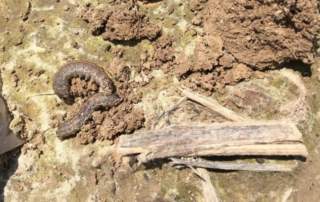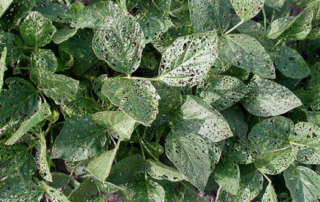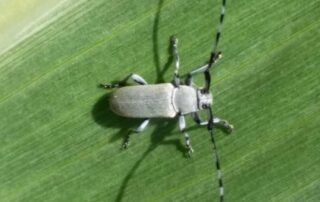Spring Moth Trapping Update
Kelly Estes of the IL Cooperative Agricultural Pest Survey Program provides an overview of spring moth trap results and forecasts for the upcoming weeks.
Black Cutworm Feeding Possible In Coming Weeks
Kelly Estes reports on black cutworms that have been observed in traps across the state of Illinois.
What’s Bugging Your Soybeans?
As the growing season gets underway, there are several insect pests that could be bugging your soybeans. While there is definitely a mixed bag [...]
A New Emerging Soybean Pest? Introducing the Dectes Stem Borer
This article was written in collaboration with Nick Seiter, Research Assistant Professor at the University of Illinois. There’s a new(er) soybean pest in town [...]
Impressive Moth Flights across Midwest
Article originally posted on the Bulletin. Impressive moth flights have not only kept the Illinois insect monitoring network cooperators busy, but neighboring states are reporting lots of [...]







 and then
and then